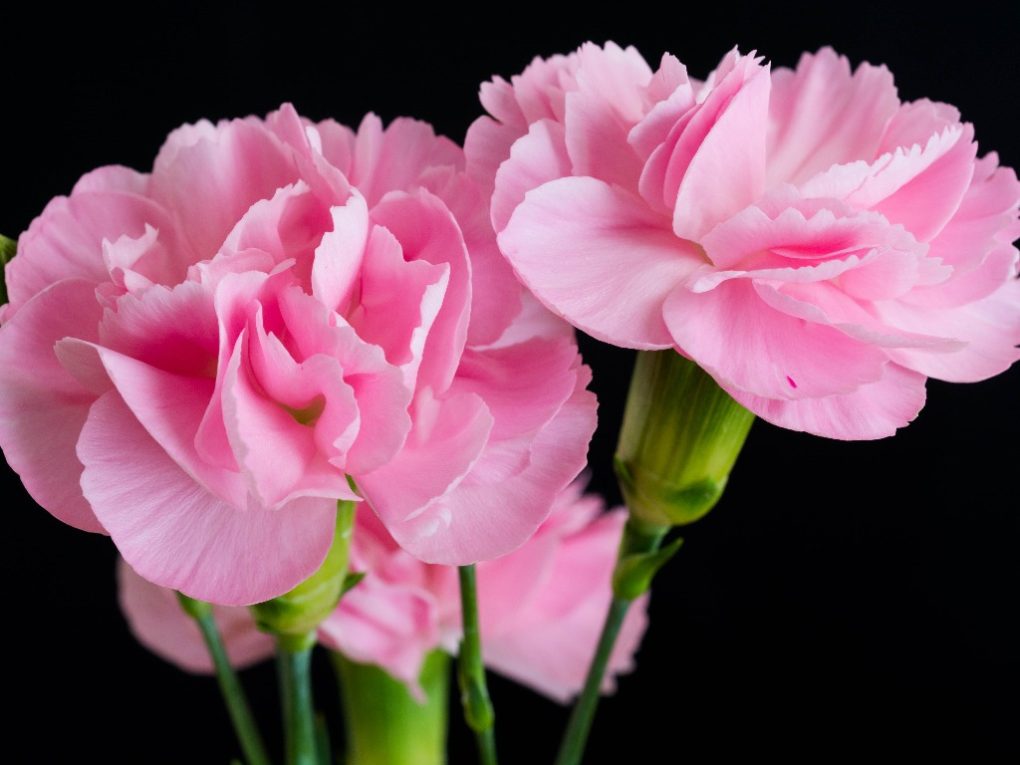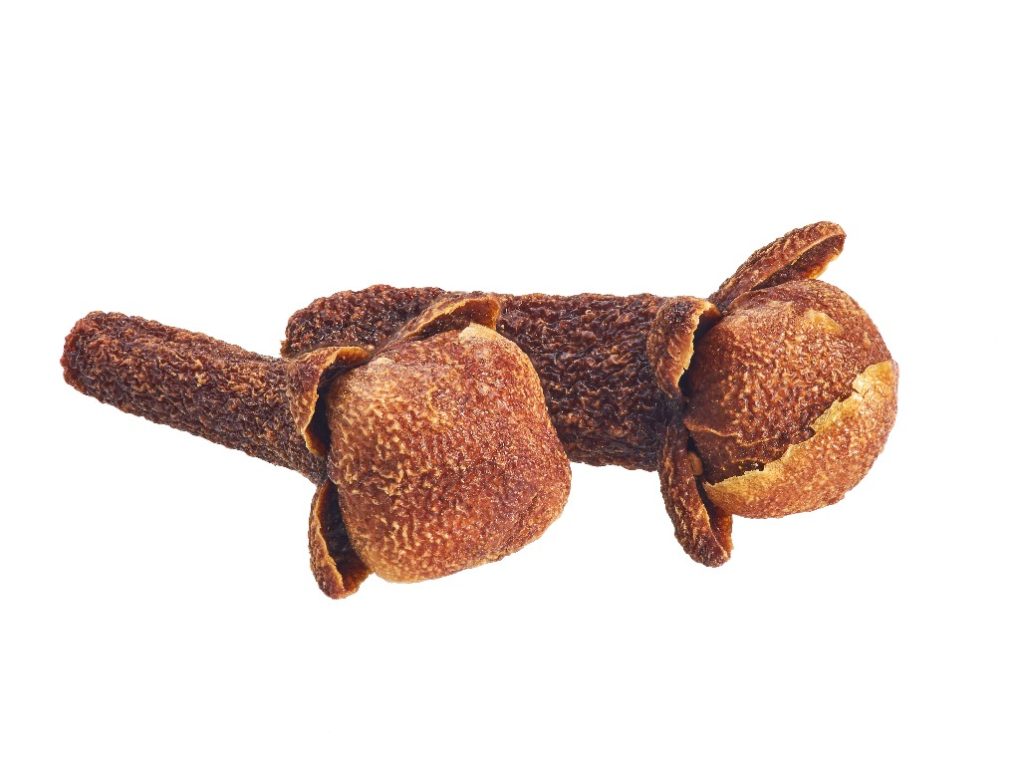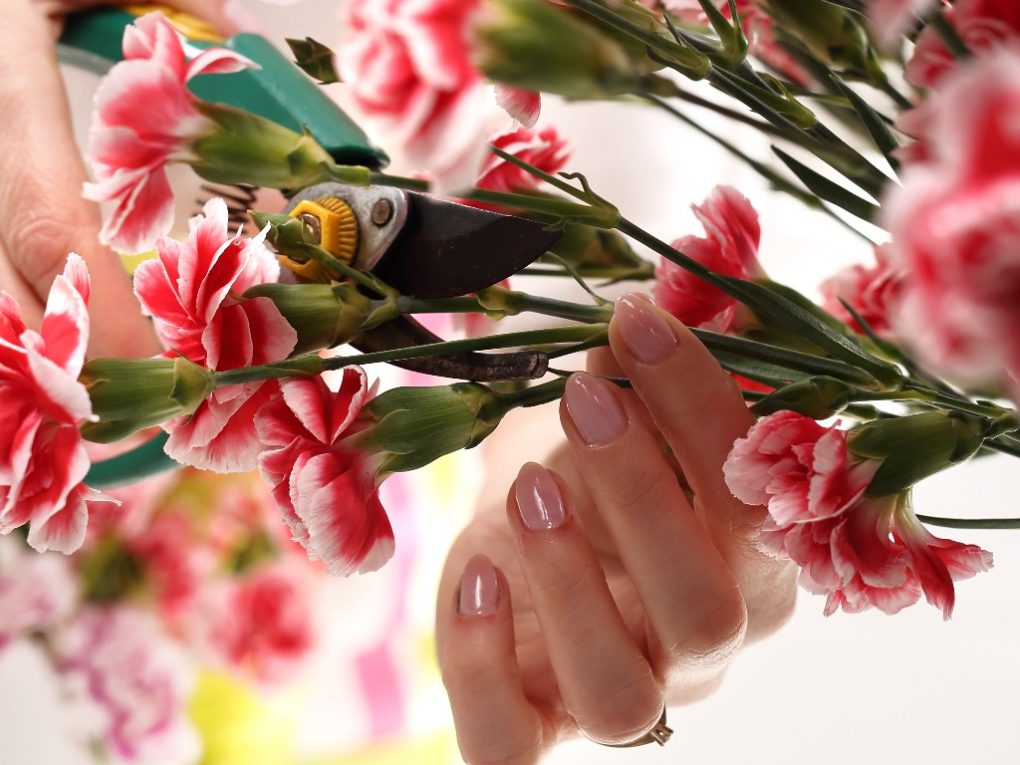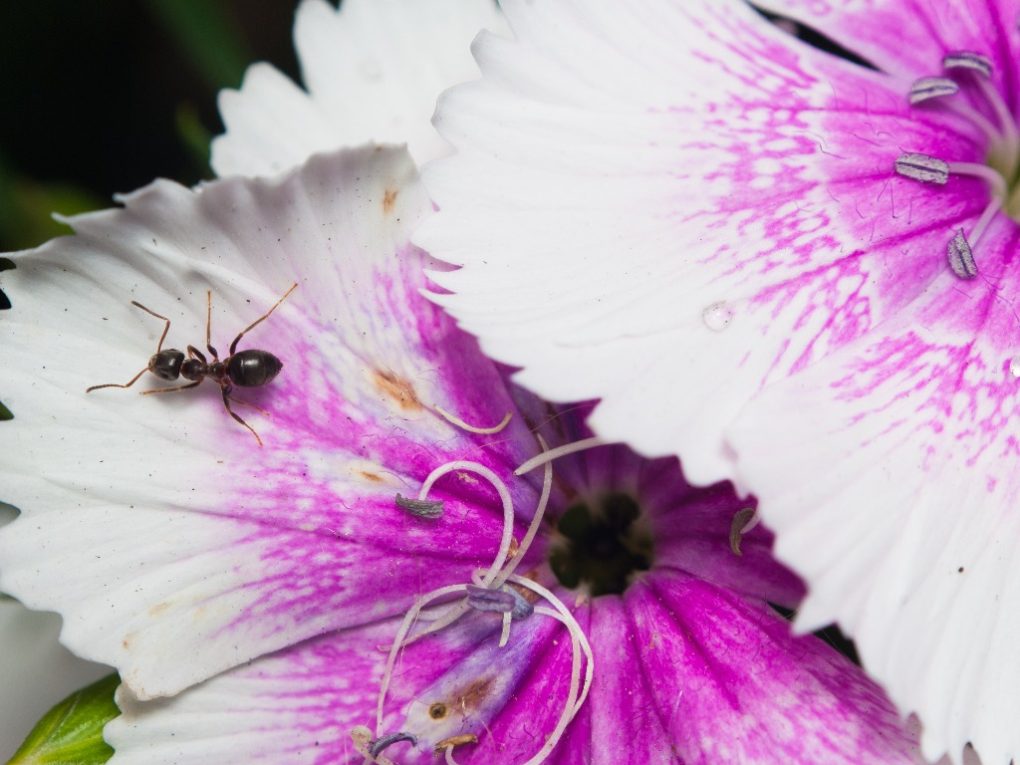Do Carnation Plants Spread: A Guide to Carnation Plant Growth and Propagation
No, carnation plants typically do not spread. They do not spread like other plant species, such as through runners, stolons, or rhizomes. Instead, carnations grow as a clump of stems arising from a central point and have a relatively compact growth habit. However, many people wonder whether carnation plants spread or not. Therefore, understanding the growth habit of carnation plants is essential for proper care.

After planting, carnation bushes tend to spread clump-forming habits, so it’s crucial to space them out sufficiently. If the plants get too close, they can block out each other’s sunlight and impact their growth. The plants’ growth may be hampered if they are too close because they may block each other’s access to sunlight. Therefore, planting them far enough apart is essential to prevent overcrowding.
Professional carnation farmers usually grow carnations from cuttings, which should be 4 to 6 inches. Compared to other flowering plants, carnations have a slightly short lifespan. Carnation bushes can spread once planted, so planting them far apart is important. Knowing how to properly care for and maintain carnation plants is essential for a healthy and thriving garden.
Table of Contents
Process of How Carnation Plants Spread
Carnation plants are known for their beautiful blooms and sweet fragrance. They are easy to grow and care for. One thing that makes carnation plants unique is their ability to spread and form clumps. In this section, we will explore how carnation plants can spread.
Seeds

Carnation plants can spread through seeds. When the flowers bloom, they produce seed pods that contain several seeds. These seeds can be collected and planted in the soil to grow new plants. However, it is crucial to note that not all carnation seeds will germinate, so it is best to plant several seeds to increase the chances of success.
When planting carnation seeds, keeping the soil moist and providing plenty of sunlight is important. The seeds must be planted at a depth of about 1/8 inch and spaced about 6 to 12 inches apart. It can take up to 3 weeks for the seeds to germinate, so be patient and keep the soil moist.
Stem Cuttings
Carnation plants can also spread through stem cuttings. This is a process where a stem is cut from the parent plant and planted in the soil to grow a new plant. Stem cuttings are a good way to propagate carnation plants because they can produce a new plant genetically identical to the parent plant.
To take a stem cutting:
- Choose a healthy stem from the parent plant about 4 to 6 inches long.
- Cut the stem at a 45-degree angle and get rid of any leaves from the bottom of the stem.
- Dip the cut end of the stem in rooting hormone and plant it in moist soil.
- Keep the soil moist and provide plenty of sunlight. The stem should begin to root in about 2 to 3 weeks.

Layering
Layering is another way that carnation plants can spread. This process is where a stem is bent down to the ground and covered with soil. The stem will begin to form roots where it is covered with soil, and a new plant will grow from the rooted stem.
To propagate carnation plants through layering, choose a healthy stem from the parent plant long enough to bend down to the ground. Please make a small cut on the underside of the stem, where it will be covered with soil. Bend the stem down to the ground and cover it with soil. Keep the soil wet and provide plenty of sunlight. The stem should begin to root in about 2 to 3 weeks.
Factors That Affect Carnation Plant Spread
Environmental Factors
Carnation plants grow best in well-draining soil with a pH above 7.0, according to Bunnings Australia. They also require full sun exposure for at least six hours per day. When planted in ideal conditions, carnation plants can spread quickly and form clumps. However, the plants may need help establishing themselves and spreading if the soil is too compact or wet.
Cultural Factors
Proper plant spacing is crucial for preventing overcrowding and ensuring healthy growth. Carnation plants should be spaced at least 6 to 12 inches apart to allow for adequate air circulation and sunlight exposure. Overfertilization can also lead to excessive growth and spreading, so following recommended fertilization guidelines is important.
Pest and Disease Factors
Carnation plants are susceptible to various pests and diseases impacting their growth and spread. Aphids, spider mites, and cutworms are common pests that can damage plants and inhibit their ability to spread. Insecticidal soap can be used to control aphids and spider mites, while manual removal or collars can be used to protect against cutworms.

Carnation plants are also vulnerable to fungal diseases such as powdery mildew and botrytis blight, which can cause leaf spotting and decay. Proper plant spacing, air circulation, and regular monitoring can help avoid spreading of these diseases.
Controlling Carnation Plant Spread
Carnations are known to spread and create dense clusters of flowers. While this can be desirable in some cases, it can also lead to overcrowding and reduced overall plant health. Here are some tips for controlling carnation plant spread:
- Pruning: Regular pruning is essential to control the spread of carnations. Based on experience, you need to cut back any dead or damaged stems, and any stems growing too close to each other. This will allow air and light to circulate the plant, preventing mold or mildew growth.
- Dividing: If your carnations have become too crowded, dividing them can help control their spread. Dig up the entire plant and separate it into smaller sections, ensuring each has a healthy root system. Replant these sections in a new location, or provide them to friends and family as gifts.
- Spacing: When planting new carnations, space them far enough apart to prevent overcrowding. This will provide each plant enough room to grow and spread without interfering with its neighbors.
- Fertilizing: While fertilizing can encourage plant growth, it can also lead to excessive spreading. Use a balanced fertilizer sparingly and only when necessary.
